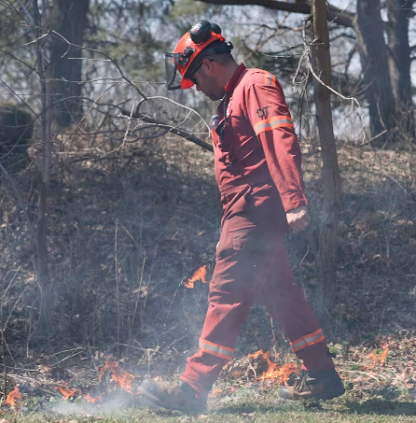Counting trees to save them
The article discusses the importance of knowing how many trees are on the planet and the challenges involved in accurately counting them. Trees play a vital role in the environment, but the lack of data on the number of trees and their distribution makes it difficult to understand their full impact. There are various methods for counting trees, including satellite imagery, ground surveys, and citizen science initiatives, but each has limitations. A global tree census would provide valuable information for conservation efforts, climate modeling, and other fields. It would also require collaboration between researchers, governments, and citizens to make the census accurate and comprehensive.
A tree census would likely include information about the number of trees, their species, age, size, location, and health. It could also provide data on the distribution of trees in different regions of the world and how this has changed over time. One would want to know the diameter of each tree at breast height and an estimate of the crown diameter. Also important would be the latitude and longitude of each tree lot or wooded area. School children could certainly be taught how to collect this survey information as part of a STEM program.
Of special concern are tree losses in primary forests. Primary forests, also known as old-growth or virgin forests, are forests that have remained largely undisturbed by human activity and have reached a state of ecological maturity. These forests are characterized by a complex structure of multiple layers of vegetation, including mature trees, young trees, shrubs, and understory plants, and a rich diversity of plant and animal species. Primary forests play a crucial role in regulating the Earth's climate by sequestering large amounts of carbon dioxide and releasing oxygen through photosynthesis. They also provide essential ecosystem services, such as water purification, soil stabilization, and habitat for a wide range of plant and animal species, some of which may be endangered or rare. Primary forests are increasingly threatened by deforestation, degradation, and fragmentation due to human activities, such as logging, mining, agriculture, and infrastructure development.



Comments
Post a Comment